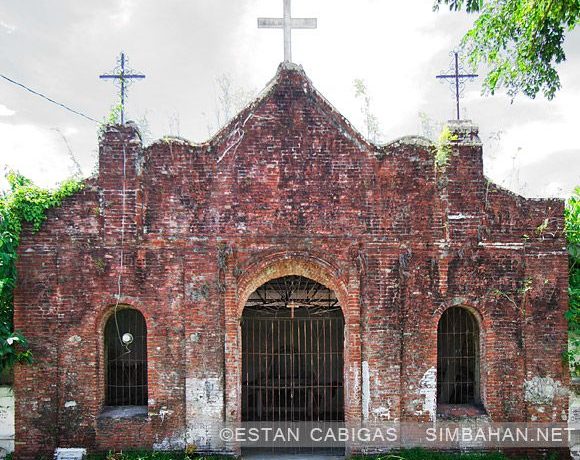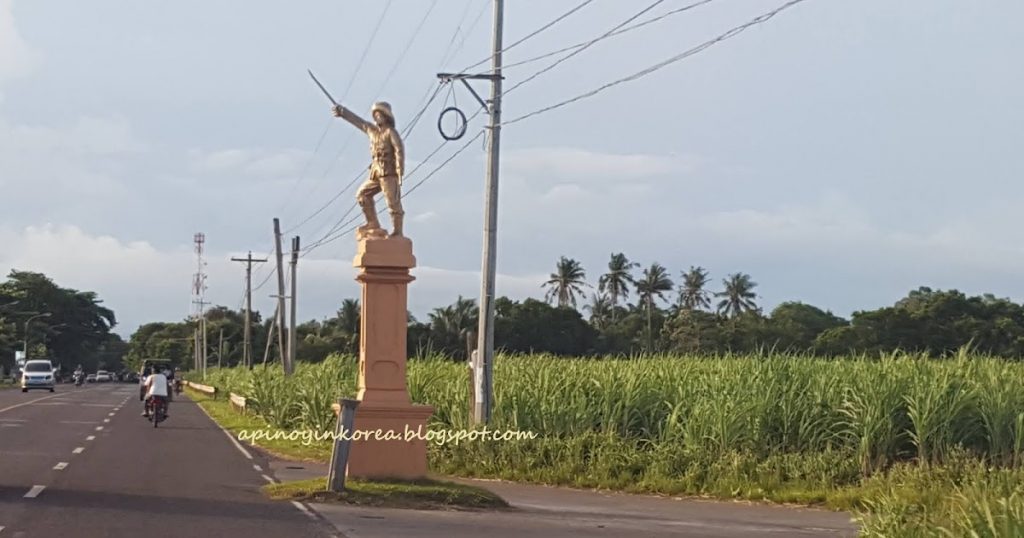E.B. Magalona
Cemetery Chapel
EB Magalona Cemetery Chapel
- EB Magalona Tourism Office (034) 495 6127

- year
1930s
- appearance
Tangible Immovable
- Condition
Needs Restoration
- ownership
Public
- declaration
None
Compared with the elaborate cemetery chapels of Iloilo like in Cabatuan, Saravia’s cemetery chapel (the municipality was renamed to E. B. Magalona, but people still use the old name) is a simple brick construction found at the back end of the cemetery square. It consists of a simple arched entrance and two side windows all with metal grills. Decorative elements are limited to the simple columns that tend to fade into the background.
The pediment is at the second level with a pair of columnar finials serving as base of an elaborate metal cross. The center, I presume, might have a bigger metal cross but is now supplanted with one made of wood. The overall vertical movement of the facade gives it height.
The interior is already renovated and the roofing replaced with galvanized iron sheets. At both side walls, modern niches were being constructed by carving out the walls.
Historical Site
Battle of Guintabuan Monument
- EB Magalona Tourism Office (034) 495 6127

- year
Not Applicable
- appearance
Tangible Immovable
- Condition
Well-preserved
- ownership
Public
Battle of Guintabuan is a marker built in memory of the heroes of “Guintabuan”, an event about the struggle of the local revolutionaries who opposed American rule after the fall of Spain.
When the Americans landed in Negros, many Silaynons fought against them to preserve their newly gained independence. Among those who resisted American soldiers were Melecio Severino, Miguel and Luis Genete, Melecio’s nephews, and a certain police lieutenant who went to the hills later and joined the battle at Guintabuan. These men, however, surrendered later and were given amnesty.
Luis Ginete refused to accept America’s rule. He continued fighting and was believed to have died during the battle at Guintabuan. The Battle of Guintabuan was the last and the most bloody encounter between the American forces and the combined soldiers of Silay and Saravia. Many Silaynons perished in that battle.




